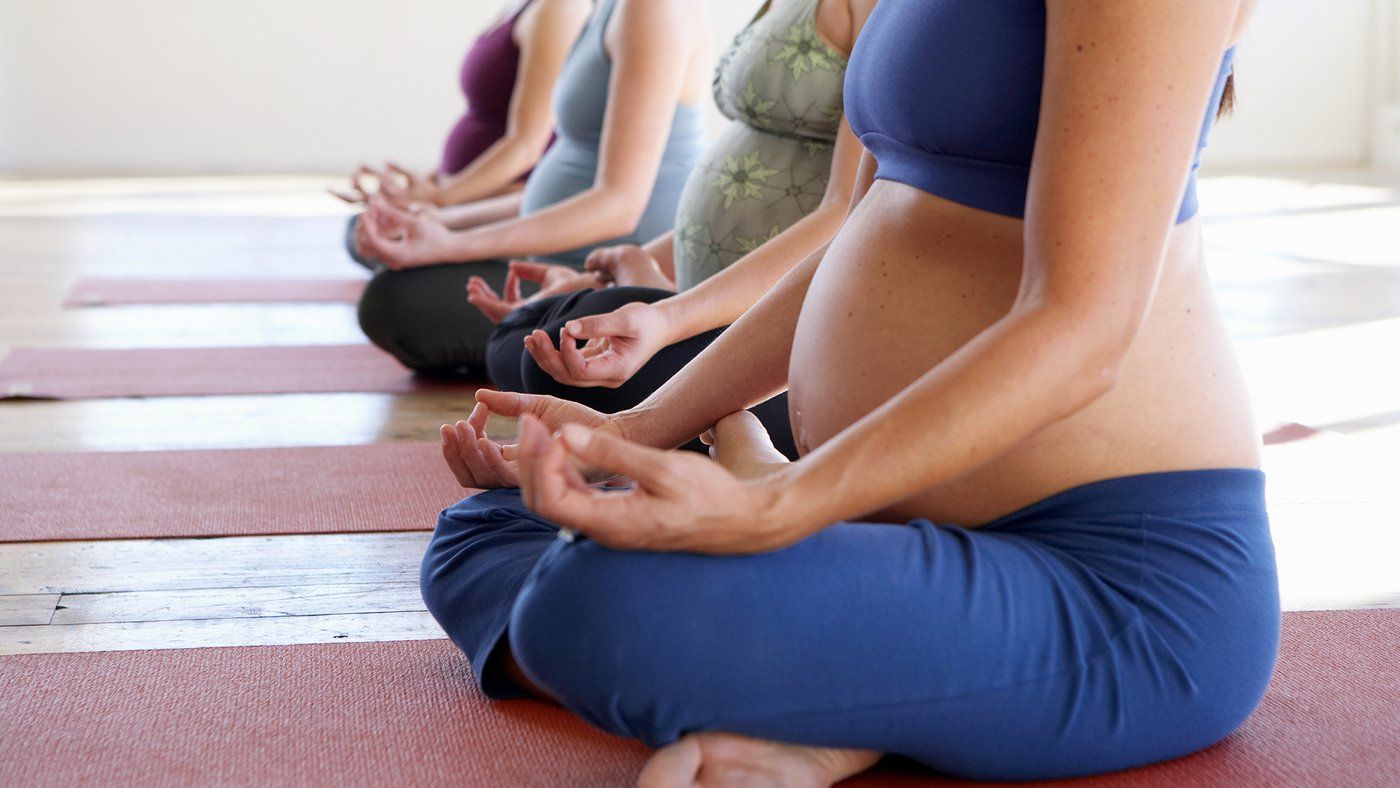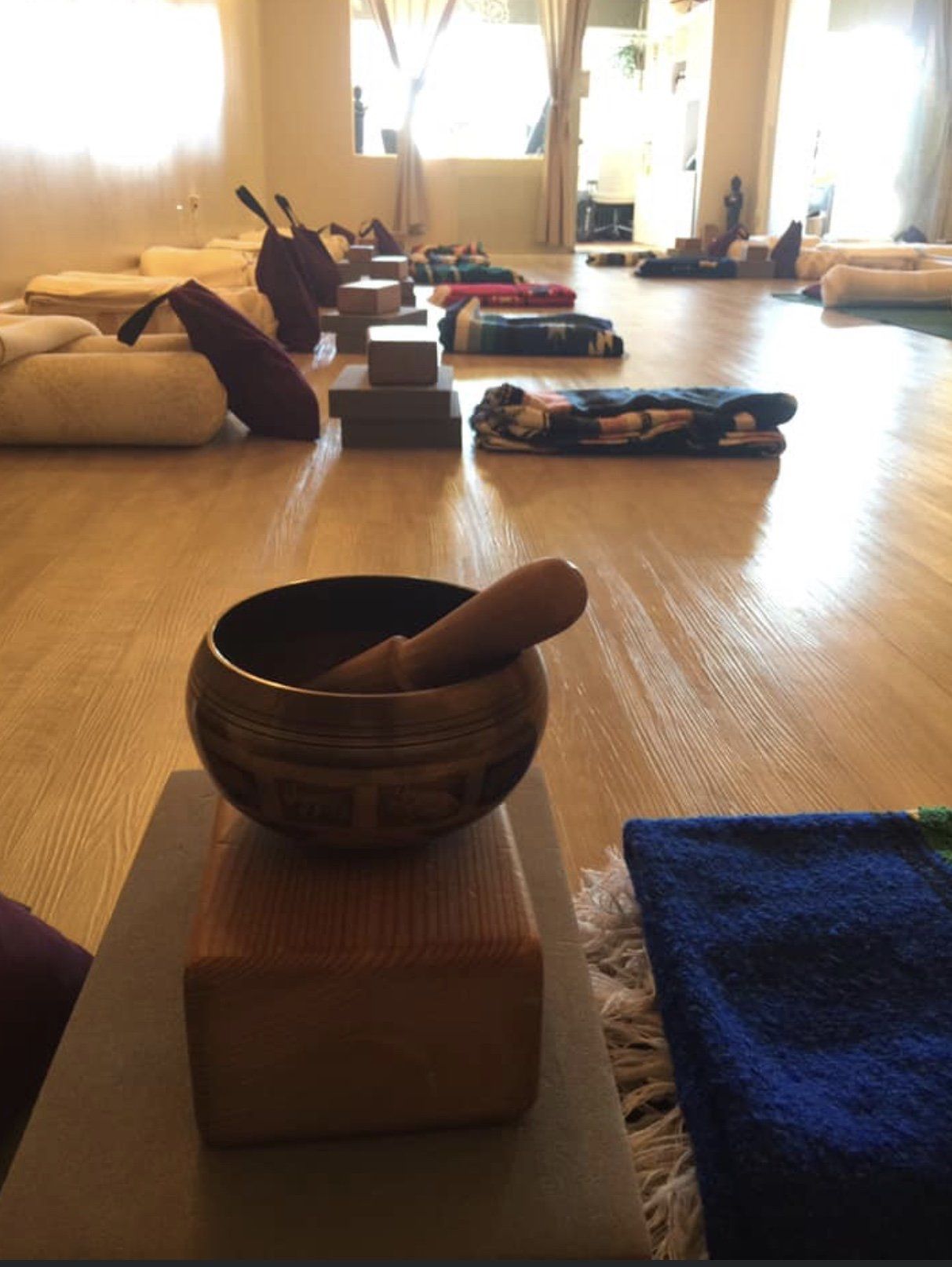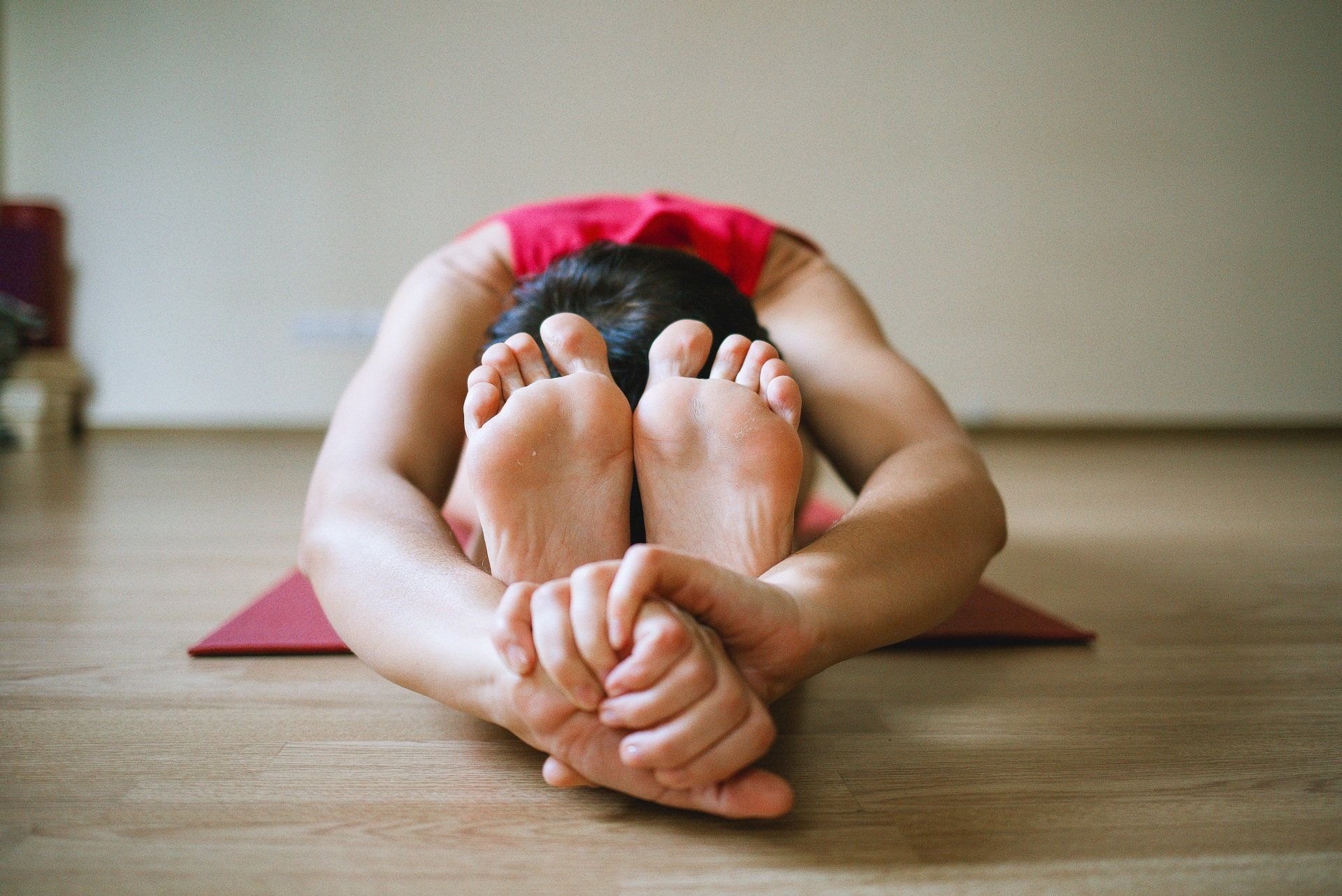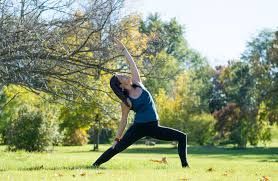Osteoporosis - The Silent Thief
- By Susana Lucan CYT 200
- •
- 11 Dec, 2019
- •

Osteoporosis is a condition characterized by low bone mass and deterioration of bone
tissue, which can lead to increased risk of fracture. Known as the “silent thief”, bone
deterioration can occur over a number of years without any symptoms. Unfortunately, by
the time affected bones break or fracture, the disease is already fairly advanced and less
treatable. The most common fractures associated with osteoporosis are in the hip, spine,
and wrist.
So far, no single cause for osteoporosis has been identified. Bones lose density when
bone loss outpaces the growth of new bone. There are several well known risk factors for
osteoporosis and osteoporotic fractures, including: gender (higher risk for women), age
(higher risk as we advance in age), race (higher risk for people of Caucasians and Asians
descent), family history (higher risk if you have a family member with osteoporosis),
body frame size (higher risk for small body frames), certain diseases (type II diabetes,
rheumatoid arthritis, IBS, hormonal disorders) and certain medications.
The application of force is key for healthy bones. Force applied to bones stimulates them
to grow stronger – a well-known principle of physical medicine called Wollf’s law.
Developed by the German anatomist and surgeon Julius Wolff (1836–1902), Wolff’s law
states that bone in a healthy person will adapt to the loads under which it is placed by
remodeling itself over time to become stronger and be able resist that sort of loading.
Besides bone loading, maintaining calcium intake and a diet rich in Vitamin D are
important step towards good overall bone health throughout life.
During yoga practice the bones are isometrically subjected to forces many times those of
gravity. By opposing one group of muscles against another and stimulating muscle-to-
bone attachments, the practice of yoga sends signals to mechanosensor cells within our
bones called osteocytes, which then recruit osteoblasts, the cells that build new bone,
telling them it’s time to get to work.
For many years, Dr. Loren M. Fishman, a physiatrist at Columbia University, has been
studying the effects of yoga for osteoporosis and bone health. Participants in the study
were assigned to practice the same 12 yoga poses daily or at least every other day. 10
years later, compliant participant showed improved bone density in the spine and femur.
Improvements were seen in bone density in the hip as well, but they were not
statistically significant. A special study of bone quality done on 18 of the participants
showed that they had better internal support of their bones, which is not measured by a
bone density scan but is important to resisting fractures.
In contrast to the side effects associated with the drugs commonly used to manage
osteoporosis, Dr. Fishman notes that yoga’s side effects “include better posture,
improved balance, enhanced coordination, greater range of motion, higher strength,
reduced levels of anxiety and better gait.”
tissue, which can lead to increased risk of fracture. Known as the “silent thief”, bone
deterioration can occur over a number of years without any symptoms. Unfortunately, by
the time affected bones break or fracture, the disease is already fairly advanced and less
treatable. The most common fractures associated with osteoporosis are in the hip, spine,
and wrist.
So far, no single cause for osteoporosis has been identified. Bones lose density when
bone loss outpaces the growth of new bone. There are several well known risk factors for
osteoporosis and osteoporotic fractures, including: gender (higher risk for women), age
(higher risk as we advance in age), race (higher risk for people of Caucasians and Asians
descent), family history (higher risk if you have a family member with osteoporosis),
body frame size (higher risk for small body frames), certain diseases (type II diabetes,
rheumatoid arthritis, IBS, hormonal disorders) and certain medications.
The application of force is key for healthy bones. Force applied to bones stimulates them
to grow stronger – a well-known principle of physical medicine called Wollf’s law.
Developed by the German anatomist and surgeon Julius Wolff (1836–1902), Wolff’s law
states that bone in a healthy person will adapt to the loads under which it is placed by
remodeling itself over time to become stronger and be able resist that sort of loading.
Besides bone loading, maintaining calcium intake and a diet rich in Vitamin D are
important step towards good overall bone health throughout life.
During yoga practice the bones are isometrically subjected to forces many times those of
gravity. By opposing one group of muscles against another and stimulating muscle-to-
bone attachments, the practice of yoga sends signals to mechanosensor cells within our
bones called osteocytes, which then recruit osteoblasts, the cells that build new bone,
telling them it’s time to get to work.
For many years, Dr. Loren M. Fishman, a physiatrist at Columbia University, has been
studying the effects of yoga for osteoporosis and bone health. Participants in the study
were assigned to practice the same 12 yoga poses daily or at least every other day. 10
years later, compliant participant showed improved bone density in the spine and femur.
Improvements were seen in bone density in the hip as well, but they were not
statistically significant. A special study of bone quality done on 18 of the participants
showed that they had better internal support of their bones, which is not measured by a
bone density scan but is important to resisting fractures.
In contrast to the side effects associated with the drugs commonly used to manage
osteoporosis, Dr. Fishman notes that yoga’s side effects “include better posture,
improved balance, enhanced coordination, greater range of motion, higher strength,
reduced levels of anxiety and better gait.”

Inhale: 1-2-3-4-5. Exhale: 1-2-3-4-5. If you’ve been doing breathing exercises to feel calmer, happier, and more focused, you know how soothing yoga is.
Despite being an ancient practice, yoga has become increasingly popular, and for good reason. It is suitable for people of all ages and effective for treating chronic conditions.
Interestingly, scientists have discovered that this practice has several mental health benefits. Let’s explore the relationship between yoga and well-being, as well as the evidence-based benefits of yoga.

So, it’s THAT time of year again. The cards are out, flowers and chocolates in the shops, and the candlelit tables are all booked up weeks in advance. With good reason, many of us find it all rather superficial and insincere. Perhaps some of us might join the cynical chorus asking why we need a specific day to express our affection for someone else. We may even go as far as to accuse the the forces of capitalism of driving demand for “stuff”. But I’m not here to monologue on the meaningfulness of St. Valentine’s Day, and I’m certainly not here to criticise anyone for wanting to express themselves or to show affection for someone else (we all need to be doing this more, not less).
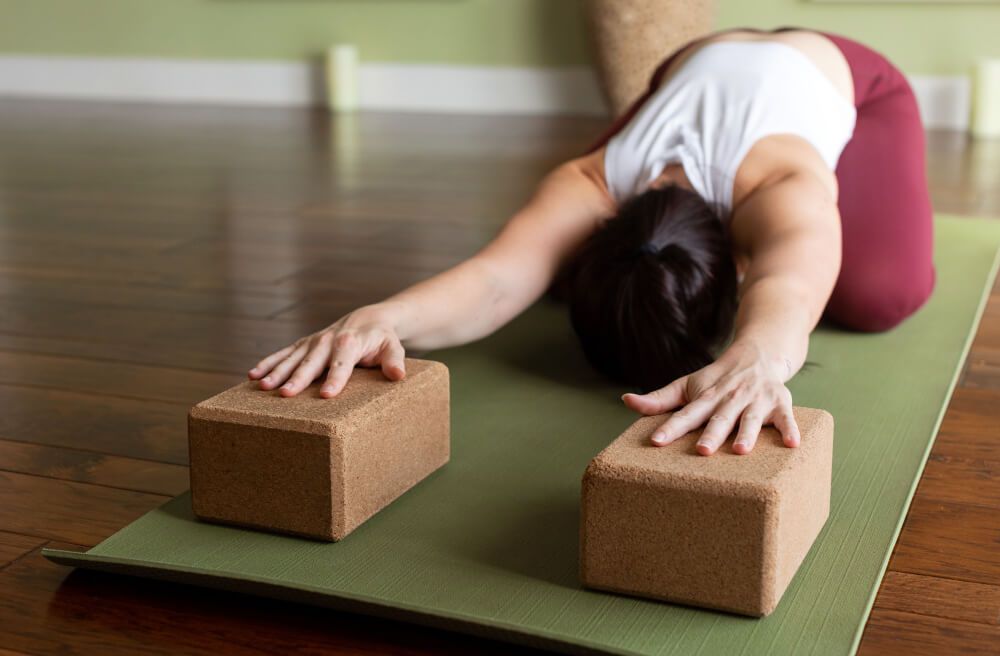
Can yoga reduce anxiety?Yes! Many studies have demonstrated the effectiveness of yoga in reducing stress, anxiety, and depression. In one study, women who participated in a three-month yoga program experienced significant improvements in perceived stress, anxiety, and depression. In another study, ten weeks of yoga helped reduce stress and anxiety for participants.

Happy New Year yogis! I’ve often found this time of year to be especially powerful in enhancing my yoga practice. Of course, yoga is always a powerful practice, but the gift of the new year brings deep reflection and introspection that can amplify processes of self-inquiry, expanding our spiritual awareness and commitment to yogic living.
